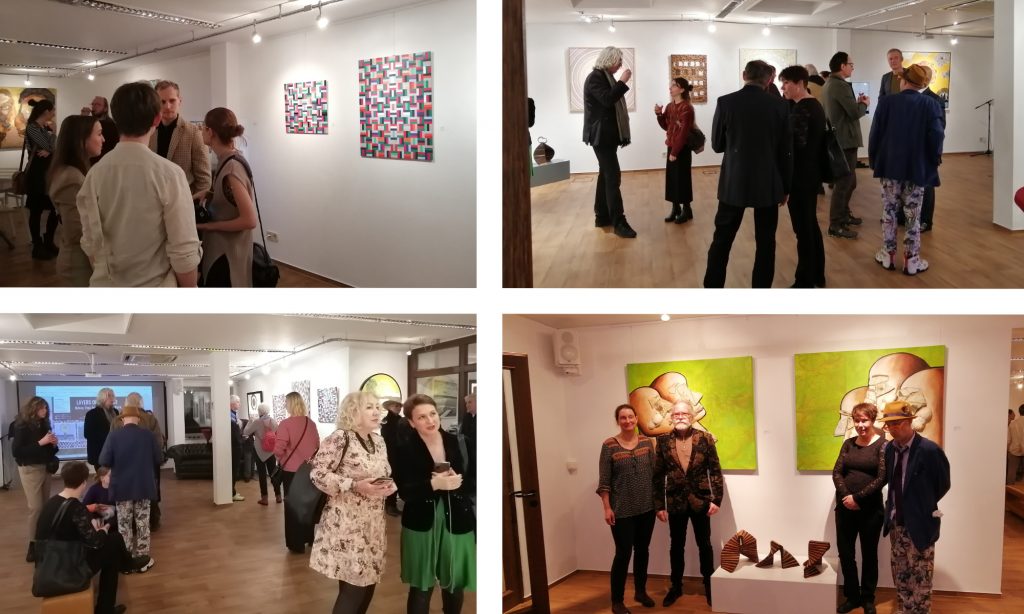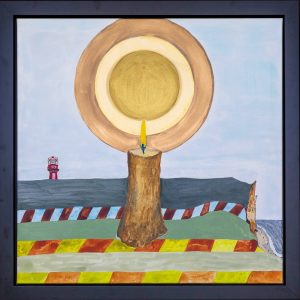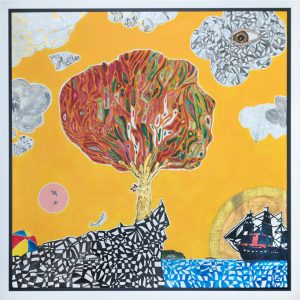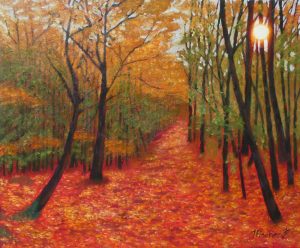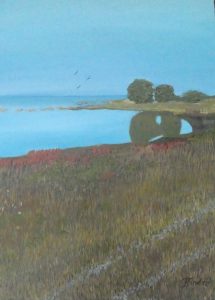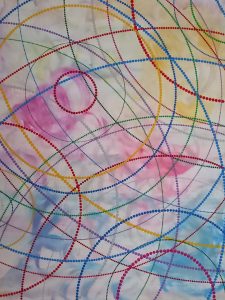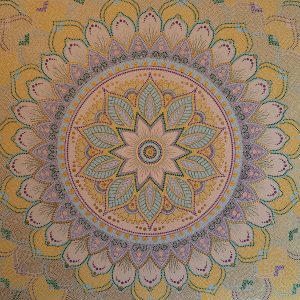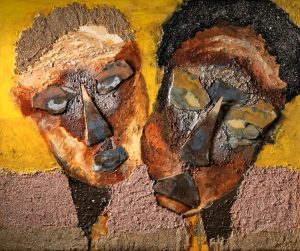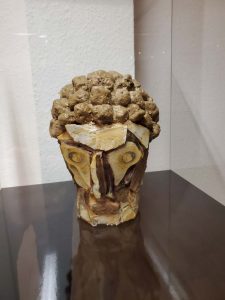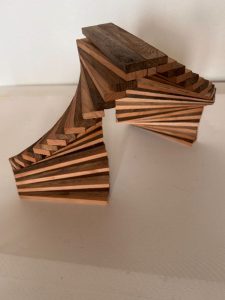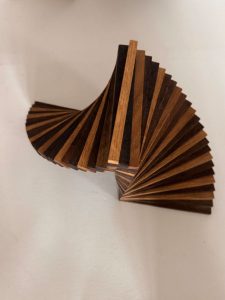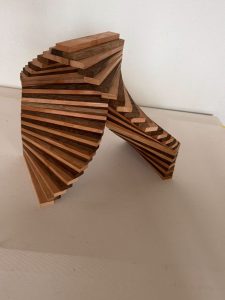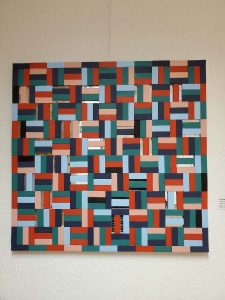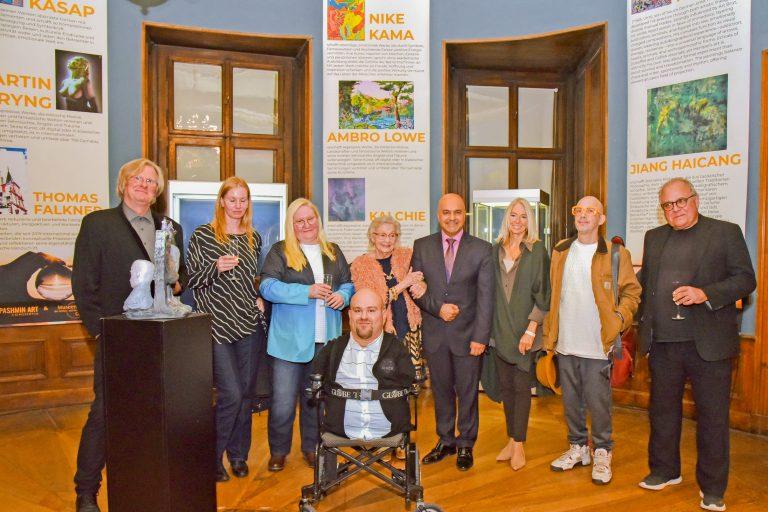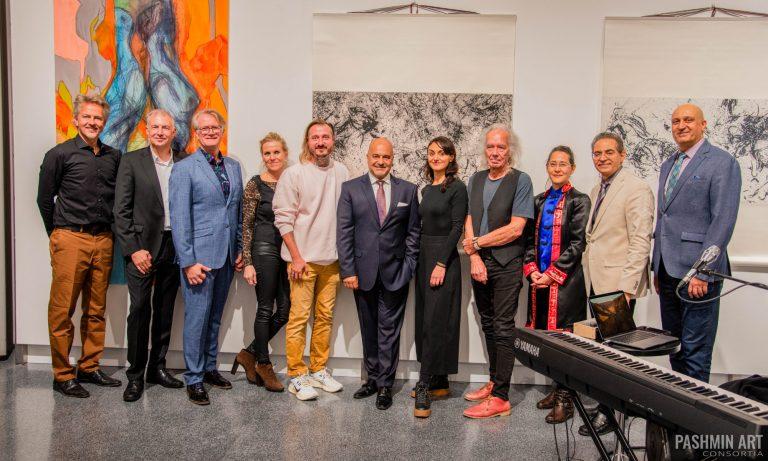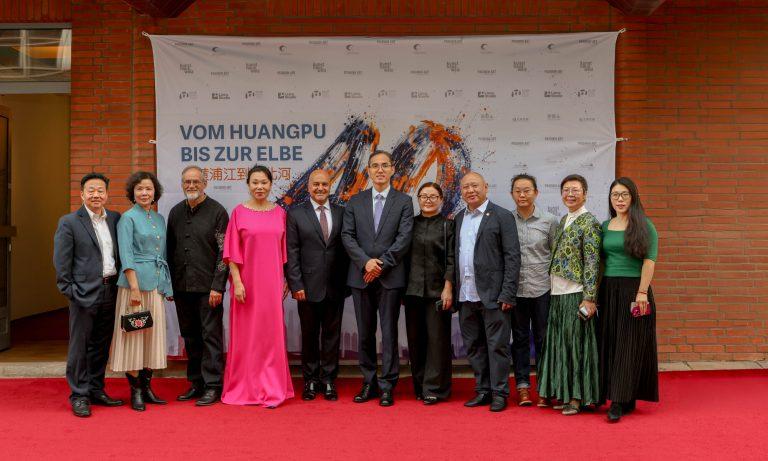The vernissage of “Layers of Existence” at Pashmin Art Gallery in Hamburg (January 25 – February 21, 2025) proved a compelling exploration of the human experience through art. This carefully curated exhibition showcased five distinct artists – Mikael Jensen, Jennifer Fincher, Kerstin Waitschull, J.H. Block, and Mark Müller – whose works engaged in a rich dialogue about existence, identity, perception, and environmental consciousness. The intimate setting of the gallery fostered deep engagement, transforming the event into an intellectual and emotional journey.
Each artist offered a unique perspective, yet their works collectively explored existential themes. The vernissage, held on January 25th, commenced with an introduction by art consultant Jasmin Eikmeier, acknowledging the meticulous curation of Natalja Nouri. A highlight of the evening was the insightful lecture by international curator Dr. Davood Khazaie, whose interpretations illuminated the thematic significance of the art.
Khazaie’s lecture explored the psychological and philosophical foundations of the exhibition, offering in-depth interpretations of two key works from each artist, though the exhibition itself showcased a broader selection of their pieces.
He discussed Mikael Jensen’s The Lighthouse and Can You Hear Me as visual meditations on Jungian archetypes, exploring solitude, resilience, and the longing for connection. He noted the particular resonance of Can You Hear Me, which evoked a powerful dialogue between presence and absence. While Jensen was unable to attend the vernissage, his work ironically spoke eloquently in his absence.
Jennifer Fincher’s Höstglöd and Morgon Stund på Gotland, the lecturer suggested, capture the ephemeral beauty of nature. Fincher’s serene landscapes, rendered in oil on canvas, evoke a sense of tranquility, inviting reflection on the passage of time and the subtle beauty of the natural world. Fincher’s landscapes, depicting scenes from Sweden, bridge the sensory and emotional, evoking nostalgia and renewal through her delicate interplay of color, light, and shadow.
Kerstin Waitschull’s intricate dot paintings, such as Happiness in Life and Klang, were connected by the lecturer to rhythmic continuity and cultural heritage. He explained how her technique, influenced by Australian Aboriginal art, transforms painting into a meditative process, illustrating interconnectedness through vibrant compositions. Each carefully placed dot becomes more than just a mark on the canvas; it’s a breath, a moment of contemplation, a connection to both her inner self and the broader tapestry of existence. This meditative approach is evident in the meticulous precision and rhythmic flow of her compositions.
J.H. Block’s Erdwächter series highlight their urgent ecological message. These works symbolize both the resilience and vulnerability of the planet, drawing attention to human responsibility toward environmental stewardship. He described Erdwächter IV as a totemic reminder of our collective duty to preserve nature’s fragile balance. Through their symbolism, materiality, and universal relevance, Block’s Erdwächter series serves as a profound reflection on the relationship between humans and nature, urging action to preserve the fragile balance of the planet for future generations.
Mark Müller’s geometric works, including Vanitas Spiralis 2 and Different Version, offered a stark contrast to the fluidity of nature, providing a sense of order and structure. Different Version underscores this detour in perception, encouraging viewers to reexamine selfhood and meaning. The work critiques binaries such as chaos versus order and self versus other, transforming fragmented reflections into a profound meditation on modern existence. The critic explained how Müller deconstructs traditional forms, using fragmented reflections and structured geometries to challenge fixed notions of self and stability, encouraging viewers to reconsider their relationship with reality.
The vernissage was more than a display; it was a space for dialogue. The lighting and spatial arrangement of the artworks encouraged seamless transitions between the distinct artistic worlds, each piece inviting contemplation. The presence of Fincher, Waitschull, Block, and Müller allowed for insightful exchanges, enriching the experience with personal narratives behind the works. Conversations among attendees revealed a shared appreciation for the exhibition’s depth, with many drawn to the interplay between materiality and meaning, and its ability to balance personal expression with universal themes. Individual video interviews were conducted with the artists present.
“Layers of Existence” transcended traditional exhibition formats. By interweaving diverse artistic voices and perspectives, it created a space where themes of existence, perception, and transformation were not only displayed but actively experienced. The event left visitors with lingering thoughts, demonstrating that art, at its best, does not merely represent reality—it challenges, redefines, and deepens our understanding of it. As the evening concluded, the resonance of the artworks remained, reminding each attendee that existence, like art, is layered, complex, and ever-evolving.
© Copyright of the text belongs to Dr. Davood Khazaie
Link: Pashmin Art Gallery
